Electronics Protection
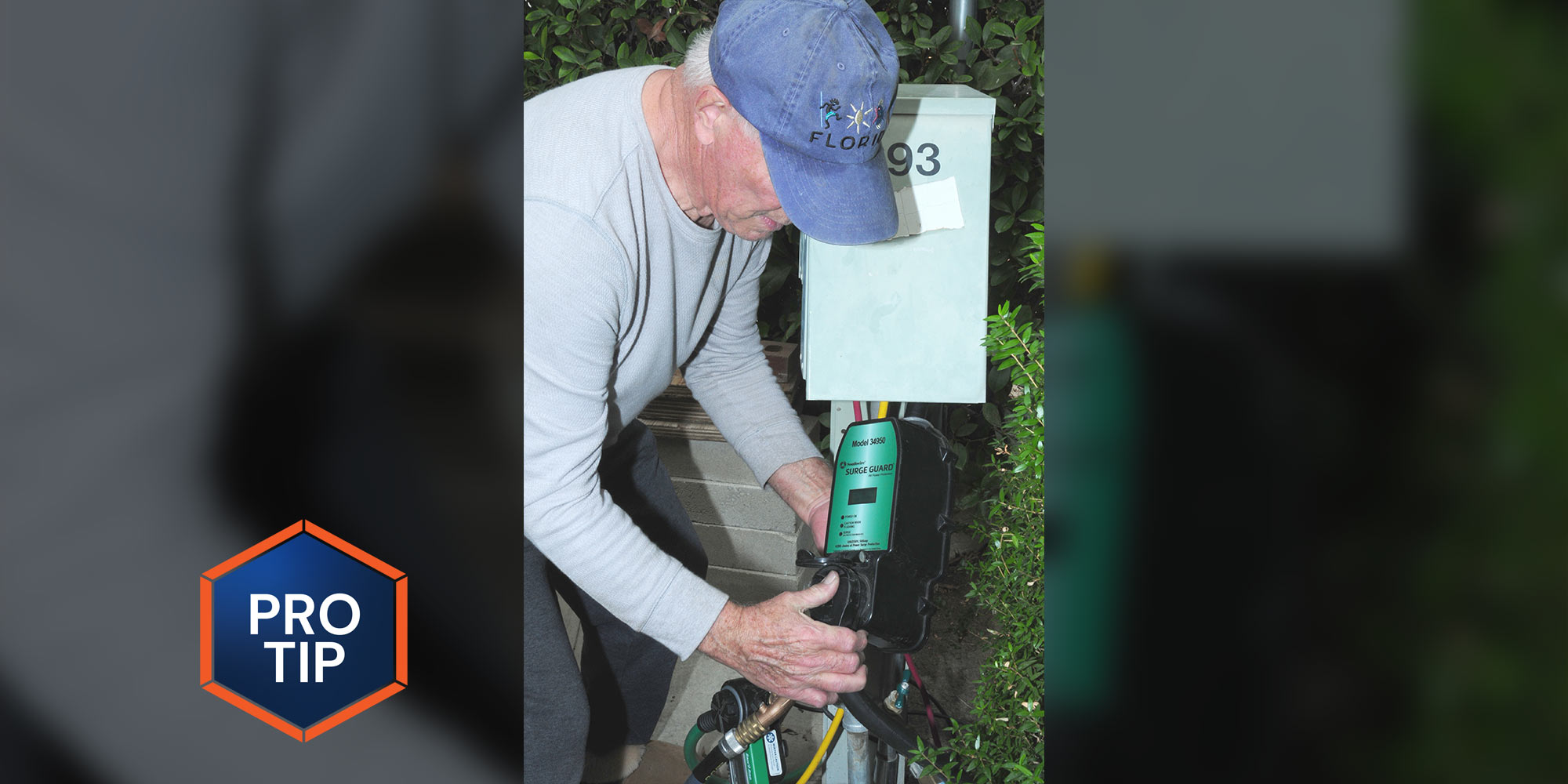
Electrical surges and spikes can happen anywhere at any time. A surge protector helps keep your appliances and other electrical components safe.
Electrical power isn’t always consistent or predictable — especially in an RV application, where you rely on power sources from a variety of RV parks/campgrounds or power grids throughout North America. And while no power supply is perfect, the biggest enemy to an RV is what is known as a power surge, brief overvoltage spikes or disturbances on a power waveform that can damage, degrade or destroy electronic equipment.
Regardless of the source — from lightning strikes to an improperly wired campground pedestal — a serious power surge can leap across circuit boards and can destroy both 12-volt DC and 120-volt AC systems and everything connected to them. There are also low-level power surges that can happen several times a day, and while these won’t necessarily cause visible damage or failure, they can gradually degrade internal circuitry in your RV’s appliances until they eventually fail. Anything with a microprocessor is particularly susceptible, including TVs, computers, microwaves, circuit boards and even some dishwashers and refrigerators.
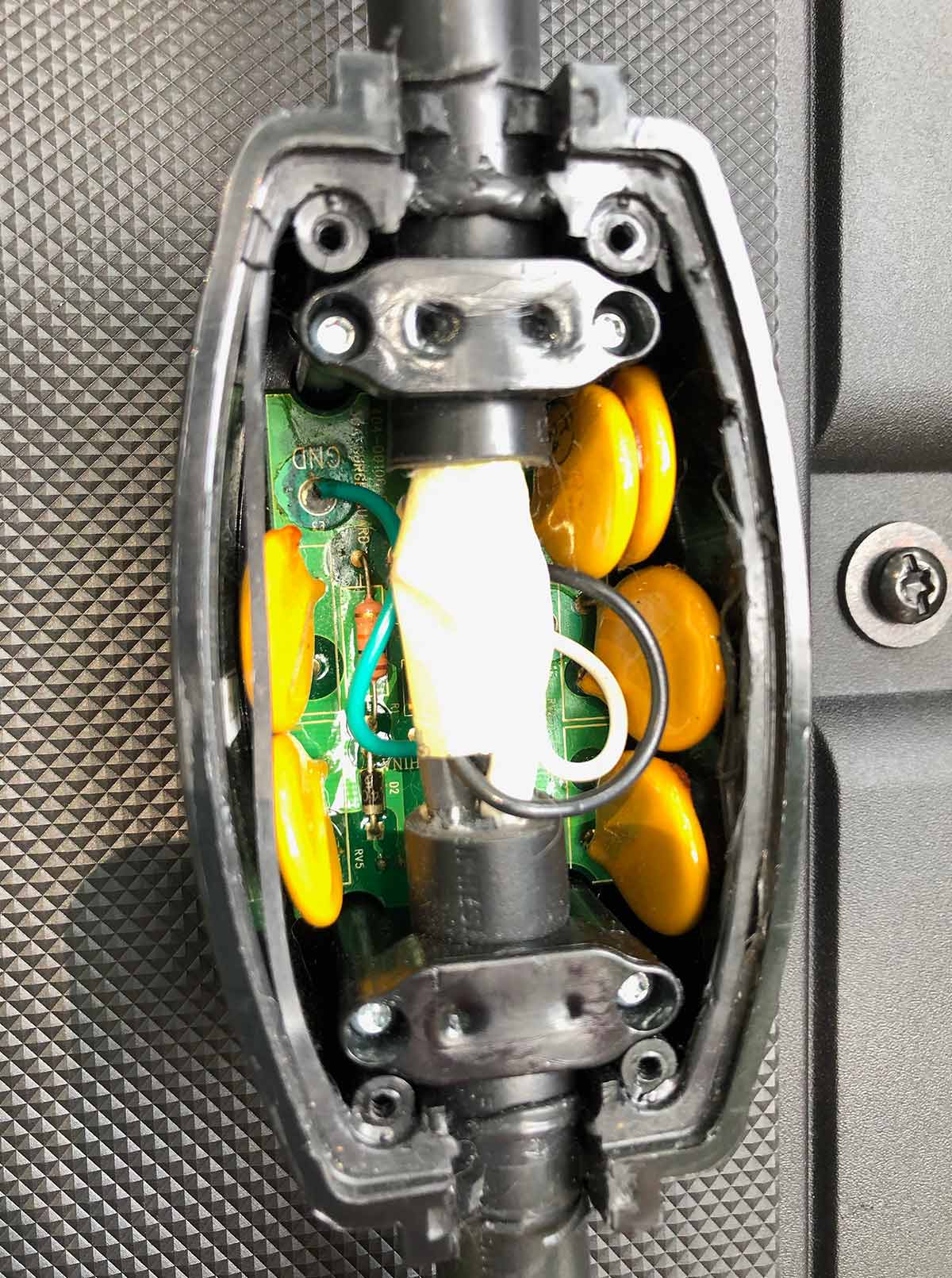
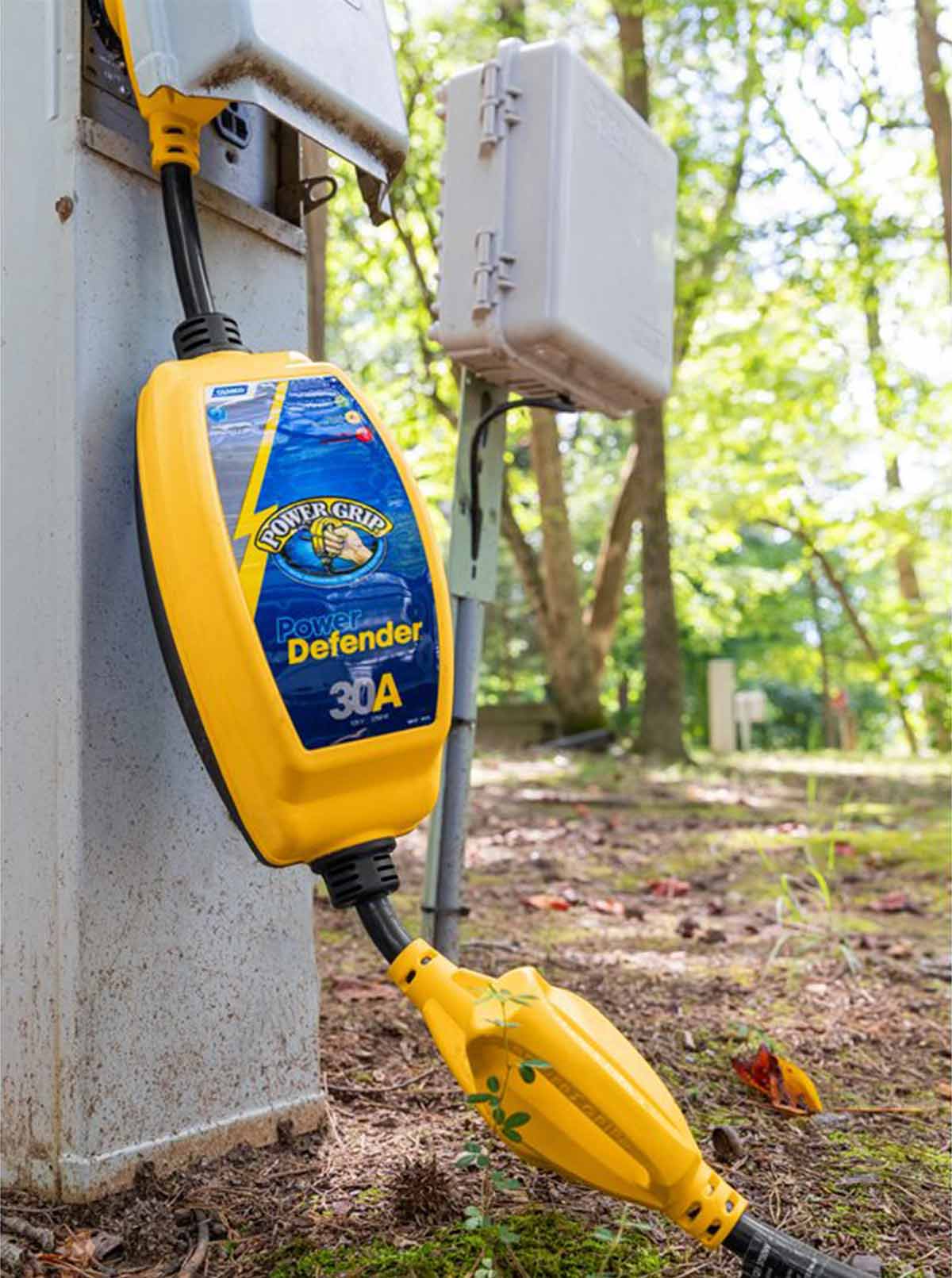
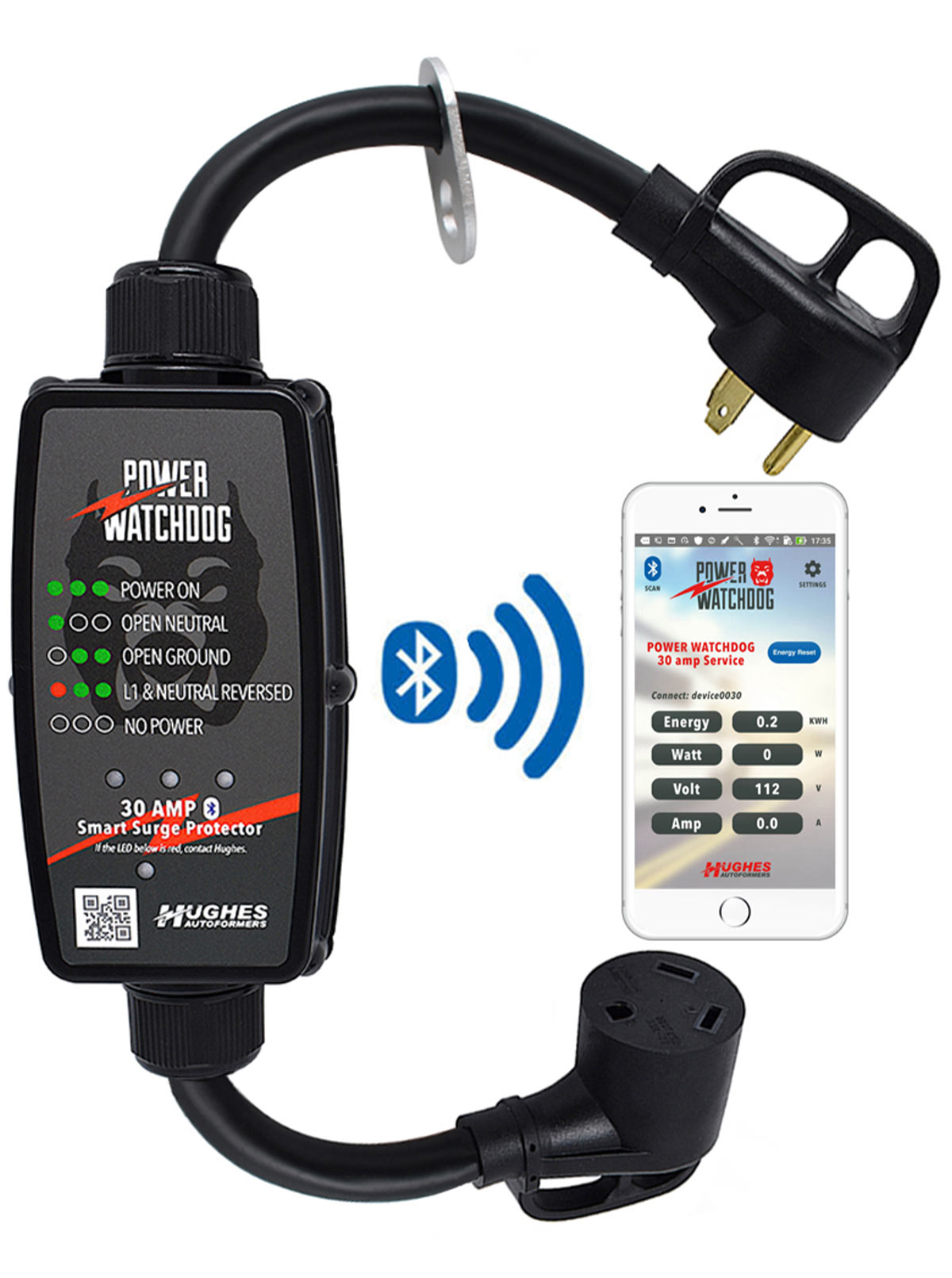
That’s why it’s so important to use a surge protector. Not to be confused with an outlet surge suppressor, which is commonly used for plugging in a computer and/or TV at home, a surge protector prevents bad power from entering the RV when hooked up. The essential ingredient in all surge suppressors are Metal Oxide Varistors (MOVs), also known as surge modules, which are sacrificial elements inside the unit with each about the size and shape of a nickel. You’ll note that all surge protectors have a joule rating, with each joule being equal to one watt-second (the energy equivalent to the power of one watt sustained for one second). For example, a surge protector with a 2,450-joule rating could withstand 2,450 surges of one joule each — but a massive surge could destroy all the MOVs, which would render the unit incapable of protecting against additional surges.
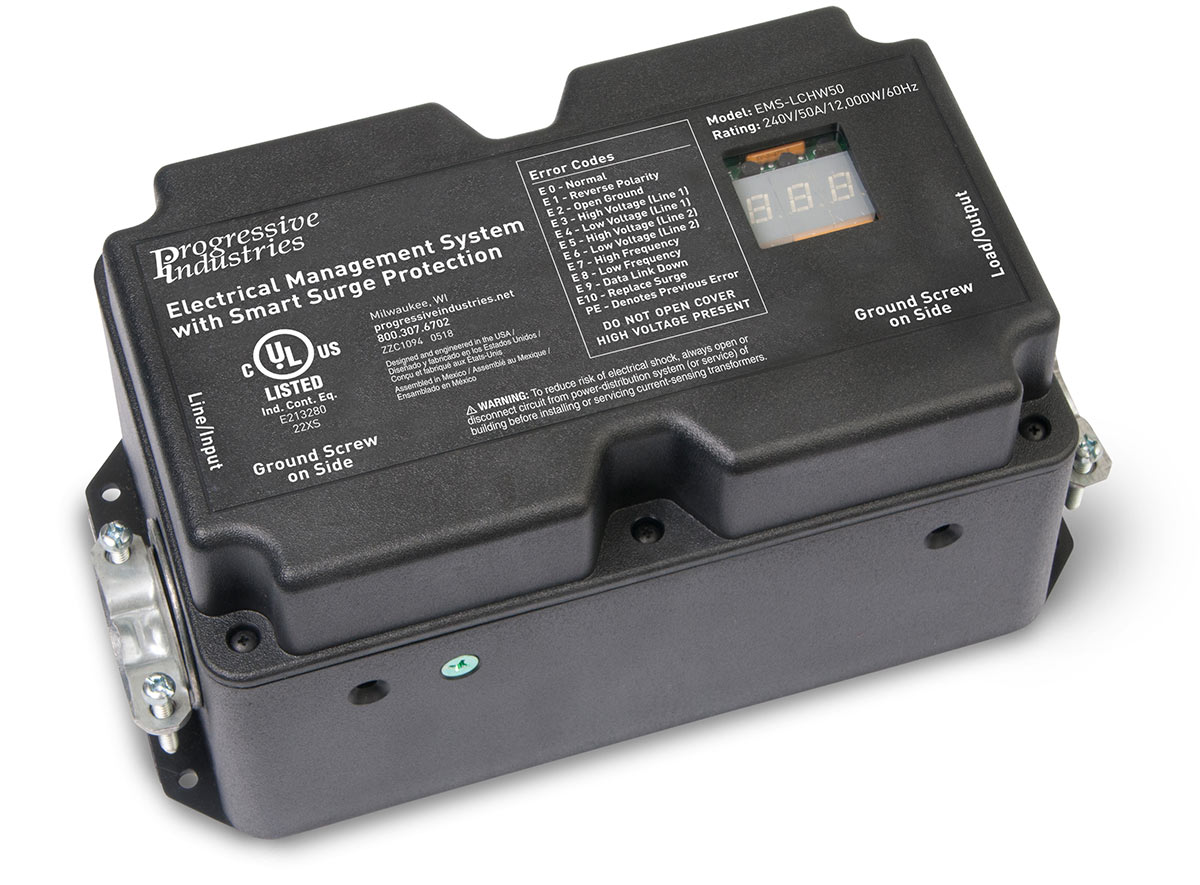
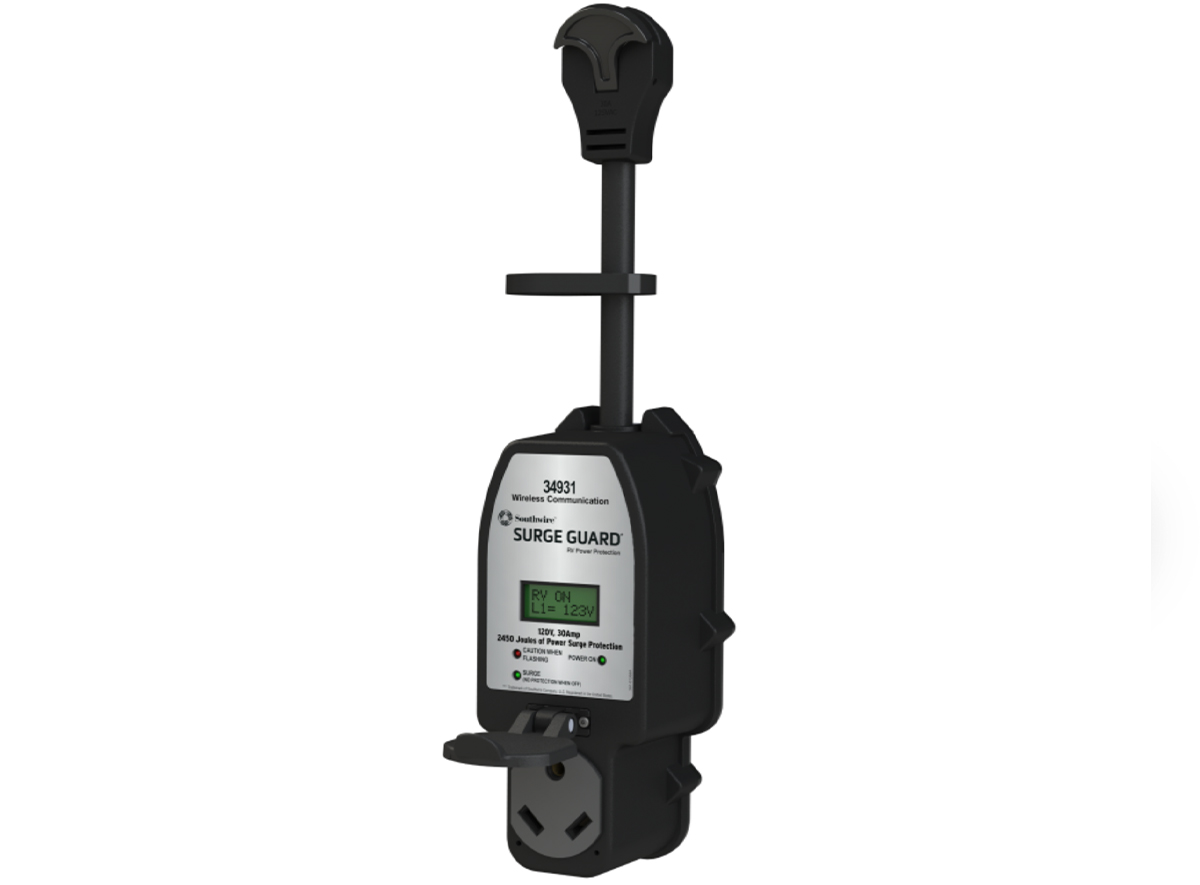
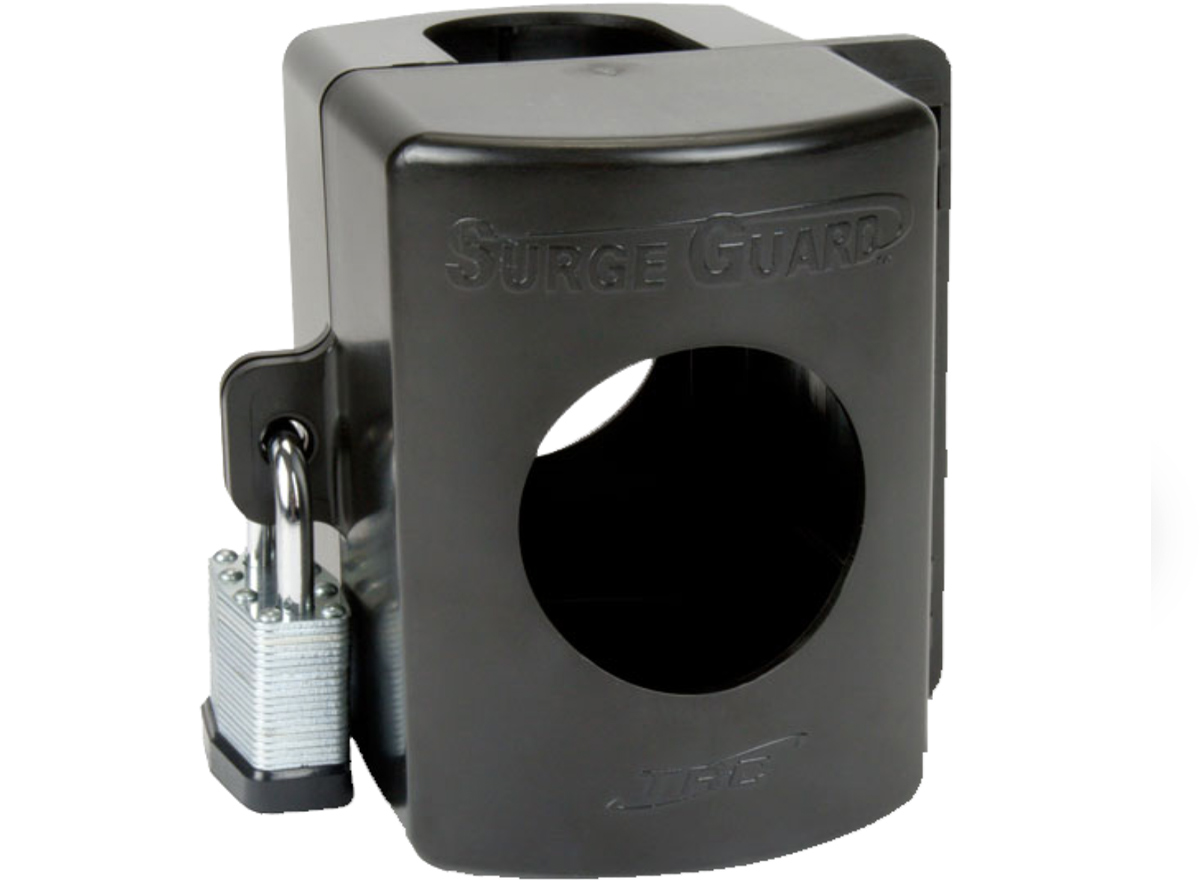
Surge protectors are available in portable or permanently installed versions. The obvious benefit of portable models is that they are easy to connect and are a good choice if you have more than one RV. They are relatively inexpensive (especially when compared to the possible collateral damage from a power surge) and can also be used with a so-called “dog bone” connector, which may be necessary if, for example, your RV is equipped with 50-amp power and the pedestal has only 30-amp service. The only real downside of a portable surge protector is that it can be stolen, although some manufacturers offer anti-theft provisions for their portable units. Permanently installed surge protectors cost more initially and must be installed by a qualified electrician or certified RV technician, but once in place, all you have to do is plug in the RV like usual and you’re always protected.
Regardless of what style you choose, a surge protector should be considered a necessity, not a luxury. The trouble and expense it can save are well worth the initial investment.
TIP
Already a Subscriber? Click here for Access to the Full Issues.

